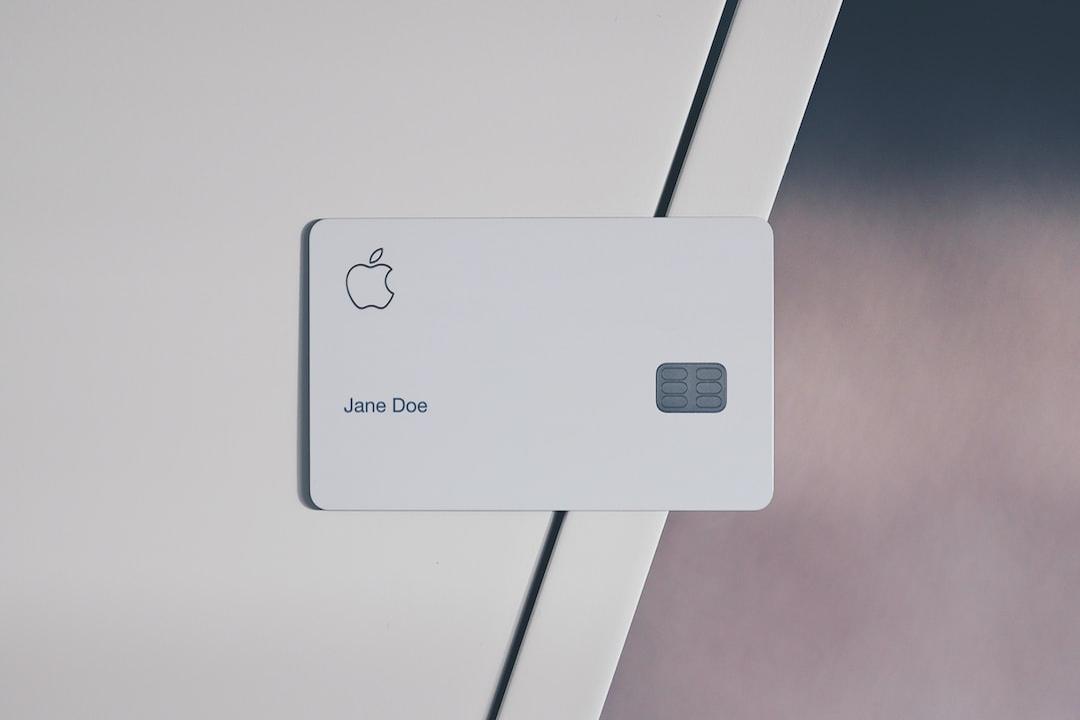Bitcoin (BTC) appears to be wrapping up a year-long period of accumulation that began after the bear market in 2022, according to data from on-chain analytics firm Glassnode. The figures show a decline in BTC held in accumulation addresses for the first time since the first quarter of 2023.
While Bitcoin recently reached all-time highs, it seems that hodlers have started to take profits. Glassnode’s data reveals that coins held in “accumulation addresses” are decreasing. These addresses are wallets that have no outgoing transactions and at least two “non-dust” inbound transactions. The decline in accumulation addresses began on February 11, breaking a year-long pattern, coinciding with BTC/USD returning to $48,000, which is the top of a significant long-term trading range.
The balance of accumulators has dropped by 2.6% to 3,176,293 BTC ($212 billion) and shows no signs of reversing. However, this decline is not necessarily a bearish sign. Looking at the bigger picture, accumulator wallets have historically spent extended periods accumulating coins at a discounted price, only selling them at the beginning, rather than the end, of parabolic uptrends. When considering Bitcoin’s entire existence, there is an ongoing trend of accumulation since mid-2018, in contrast to a significant reduction prior to that, which began in 2016 when Bitcoin surged to its previous all-time high of $20,000.
The launch of spot Bitcoin exchange-traded funds (ETFs) in the United States in January has had a unique impact on supply dynamics. This steady buying pressure has led to unprecedented phenomena, including reaching all-time highs before a block subsidy halving. Analyzing the current trajectory, Timothy Peterson, founder and investment manager at Cane Island Alternative Advisors, believes that ETF demand could push Bitcoin to reach a price of $100,000 as early as October 2024. Peterson compared the growth of unspent transaction output (UTXO) numbers to BTC price performance and noted a growth rate of 0.34% per day.
It is important to note that this article does not provide investment advice or recommendations. All investment and trading decisions involve risk, and readers should conduct their own research before making any decisions.

